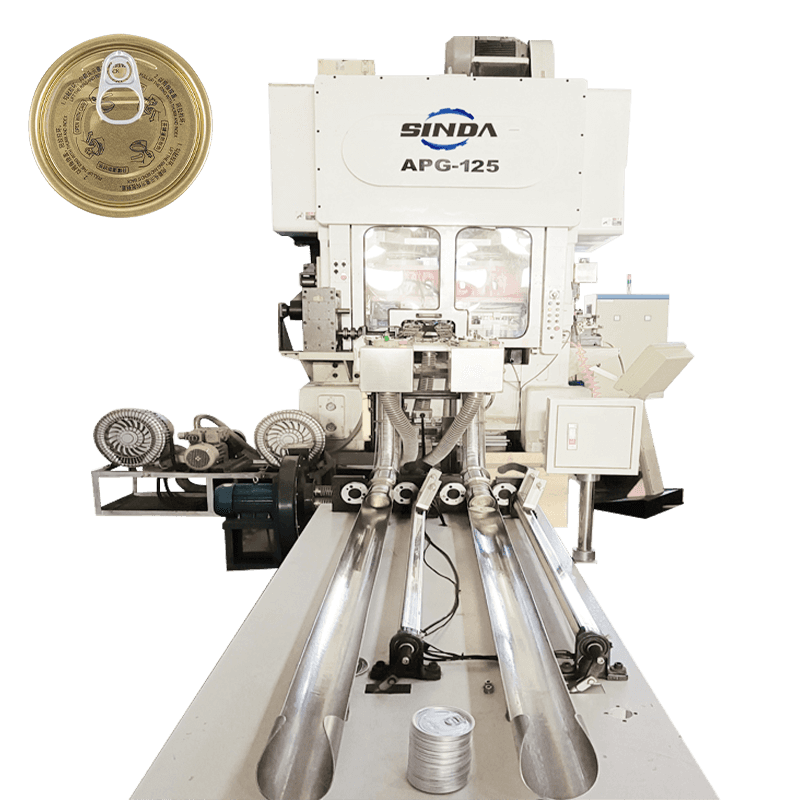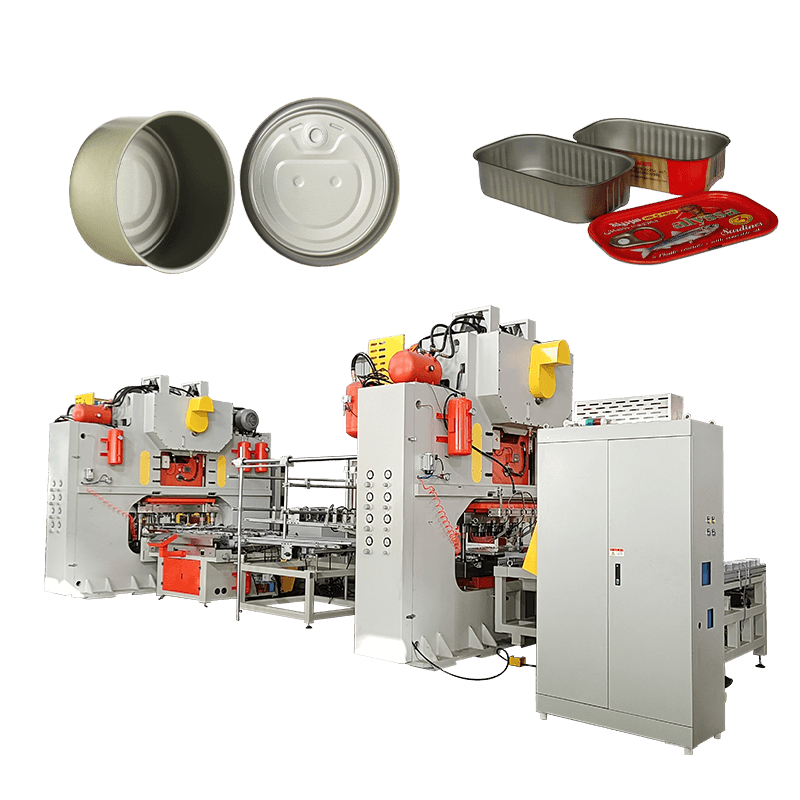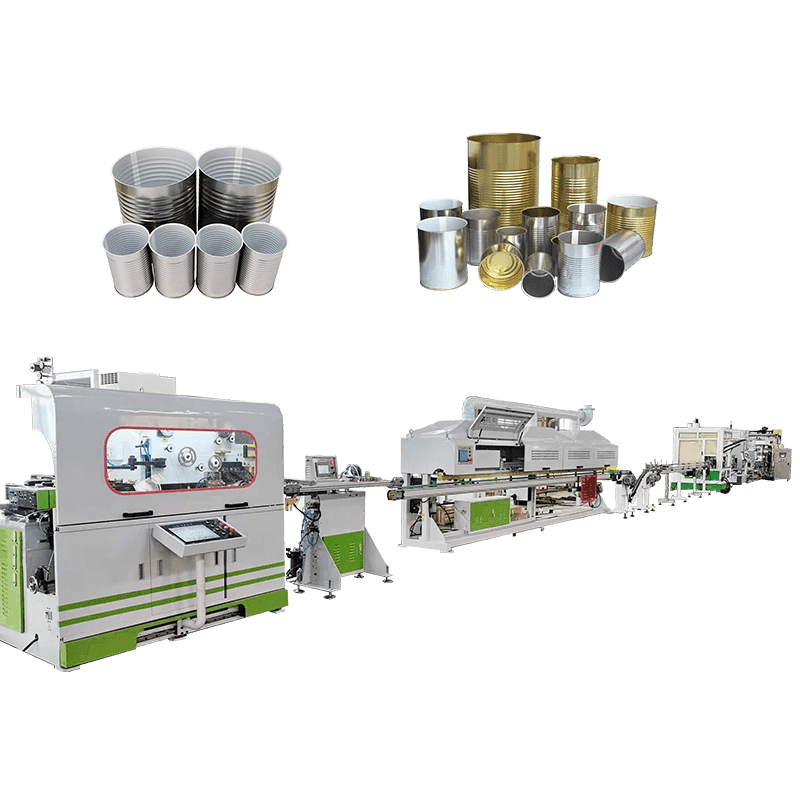Introduction to Aerosol Can Production
Aerosol cans are widely used in various industries, from personal care products to household items, paints, and industrial applications. The production of aerosol cans involves several stages, including metal forming, sealing, and quality control. While the manufacturing process has evolved over the years, certain challenges remain. These challenges primarily revolve around ensuring that the cans maintain their structural integrity under pressure, remain leak-proof, and meet high-quality standards. This article will address some of the most specific challenges encountered during the production of aerosol cans, focusing on leakage, strength, pressure resistance, and the importance of quality control.
Leakage Issues in Aerosol Can Production
One of the most significant challenges faced in aerosol can production is preventing leakage. Aerosol cans are designed to hold pressurized substances, and any failure in the sealing process can lead to dangerous leaks, resulting in product wastage or even safety hazards.
Leakage can occur at several stages in the production process, but most commonly, it happens at the seams where the body and the bottom of the can are joined. This seam must be tightly sealed to prevent any release of the contents under pressure. Inadequate sealing, improper alignment during the seaming process, or flaws in the metal can all contribute to leaks. Additionally, leaks can arise from the valve assembly if the valve is not properly secured or if there are defects in the valve material.
The prevention of leakage requires careful monitoring and precise control of the seaming process, as well as ensuring that the valves are fitted correctly. Regular testing, including leak detection techniques such as air or water testing, is crucial to ensuring the final product meets safety and quality standards.
Types of Leakage Tests
| Test Type | Description |
|---|---|
| Water Leak Test | The can is submerged in water, and any air bubbles indicate a leak. |
| Air Leak Test | Pressurized air is applied to the can to check for leaks at the seams. |
| Pressure Test | The can is subjected to increased pressure to detect weakness or leaks. |
Strength Requirements for Aerosol Cans
Aerosol cans must possess adequate strength to withstand the pressures they are subjected to during storage and use. The pressurized contents inside the can exert a force on the walls, and if the can's material is not strong enough, it may deform, rupture, or fail.
The strength of the aerosol can is influenced by the material used for its production. Most aerosol cans are made from aluminum or steel, with aluminum being the more common choice due to its lightweight and corrosion-resistant properties. However, the metal must be thick enough to handle the internal pressure without compromising its integrity. During the forming process, the material is subjected to various stresses that can cause it to weaken. Therefore, ensuring the right balance between material thickness, manufacturing processes, and quality control is critical to achieving the desired strength.
Moreover, cans must also be able to resist dents, scratches, or deformations that could weaken the can’s structure. During production, handling, and even transportation, cans may encounter physical stress, so their ability to maintain strength is key to preventing damage. Robust testing methods, such as pressure testing, help identify weak points in the cans' structure, ensuring their strength before they reach the consumer.
Common Causes of Weakness in Aerosol Cans
| Cause | Impact |
|---|---|
| Material Defects | Inconsistent thickness can lead to weak points, leading to rupture. |
| Improper Forming | Misalignment during the forming process can cause structural weaknesses. |
| Dents or Scratches | Physical damage during production or handling can compromise strength. |
| Inadequate Pressure Resistance | Can result in deformation or bursting under internal pressure. |
Pressure Resistance of Aerosol Cans
The pressure inside aerosol cans is one of the defining characteristics of their design and function. The can must be able to maintain a certain internal pressure to ensure that the contents are dispensed correctly when the valve is opened. The pressure resistance of the can is crucial for both the safety and functionality of the product.
Inadequate pressure resistance can lead to catastrophic failures, such as the can bursting or deforming when exposed to temperature fluctuations, mishandling, or even minor physical damage. Therefore, ensuring that aerosol cans can withstand high internal pressure is one of the most critical factors in the production process.
During production, the material must be carefully controlled to ensure it can resist the intended internal pressure. Testing for pressure resistance is typically carried out during the quality control stage, where cans are subjected to extreme conditions to check their ability to hold up under pressure. Pressure relief valves are often incorporated into the design to manage any unexpected build-up of pressure and prevent accidents.
Additionally, temperature fluctuations can affect the internal pressure of the can. Aerosol cans may be stored in varying temperatures, and these changes can cause the internal pressure to increase or decrease, leading to potential risks if the can is not designed to accommodate such variations. The material and the sealing process must, therefore, be robust enough to cope with these conditions.
Pressure Resistance Testing Methods
| Test Method | Description |
|---|---|
| Hydrostatic Pressure Test | Can is filled with water, pressurized, and monitored for structural integrity. |
| Burst Pressure Test | The can is subjected to progressively increasing pressure until failure occurs. |
| Environmental Stress Testing | The can is exposed to varying temperature and pressure conditions to evaluate resistance. |
Quality Control in Aerosol Can Production
Quality control is an essential part of aerosol can production to ensure that all products meet the necessary safety and functionality standards. A major challenge is implementing effective quality control at each stage of the production process. Even minor defects in the can’s structure or seals can lead to significant issues.
The quality control process begins with raw material inspection, where the metal sheets are tested for consistency in thickness and composition. Any imperfections in the material can affect the structural integrity of the can. Once the metal sheets are formed into cans, they undergo several rounds of inspection, including visual checks for dents, scratches, and other visible defects.
Testing for leakage, pressure resistance, and strength is typically done using automated systems that apply pressure to the cans and monitor for any loss of pressure or leaks. Cans that do not pass these tests are rejected or reworked.
Another critical aspect of quality control is ensuring that the valve assembly is properly fitted and sealed. This requires precise machinery and control systems to ensure the valve fits snugly and is free from defects. Any failure in the valve could lead to hazardous leaks or failure of the aerosol dispensing system.
Key Quality Control Checks in Aerosol Can Production
| Quality Control Step | Description |
|---|---|
| Visual Inspection | Cans are inspected for surface defects such as dents, scratches, or misprints. |
| Leak Testing | Automated systems detect leaks using air, water, or pressure tests. |
| Strength Testing | Cans undergo pressure tests to ensure they meet strength standards. |
| Valve Fitting Inspection | Ensures that the valve is properly fitted and sealed without defects. |

 English
English عربى
عربى русский
русский




